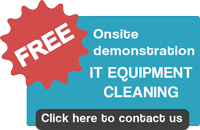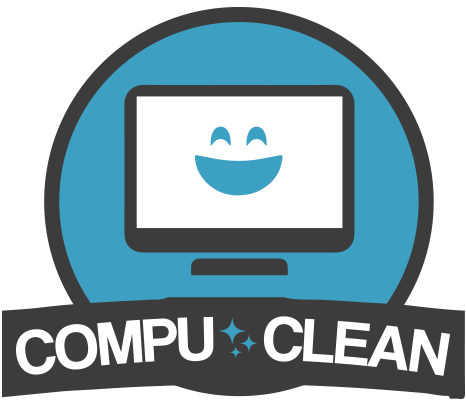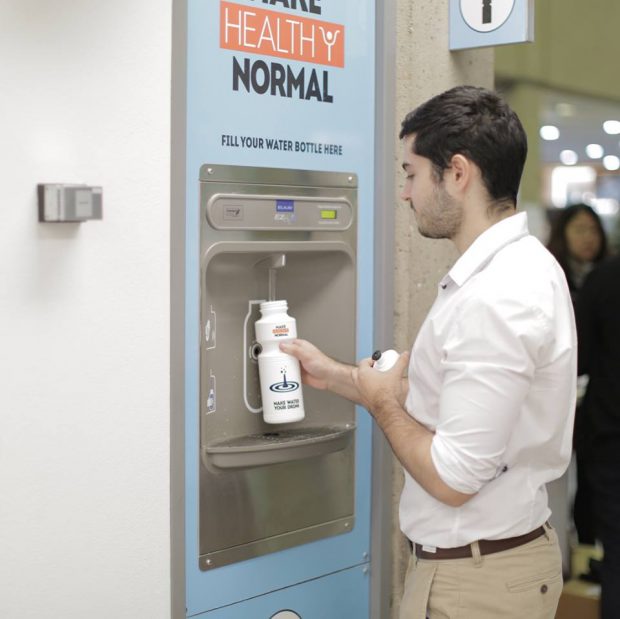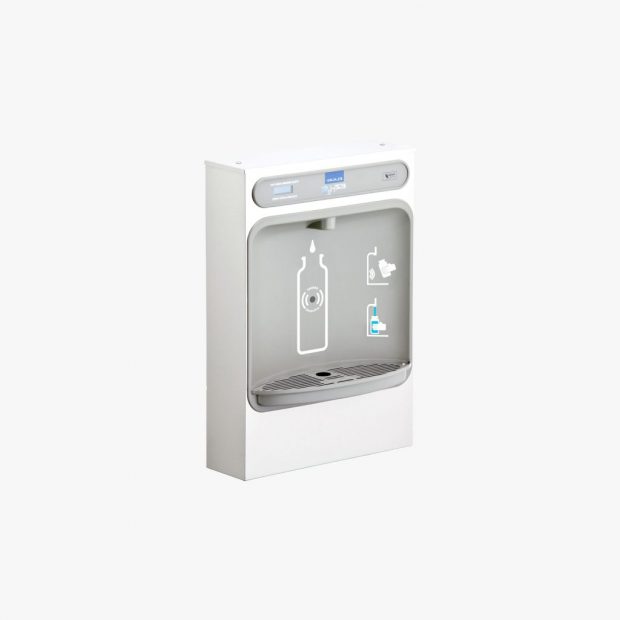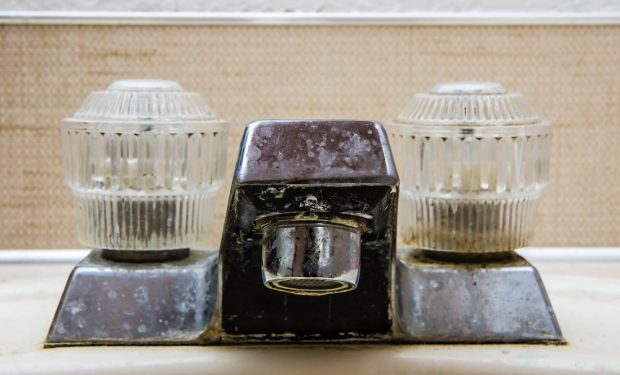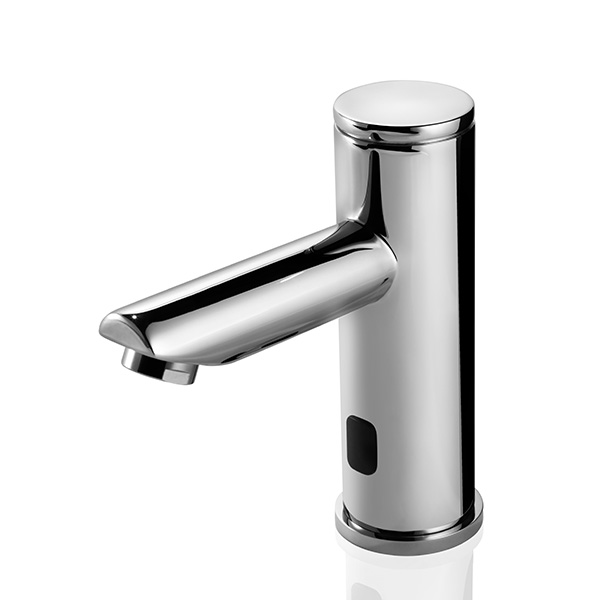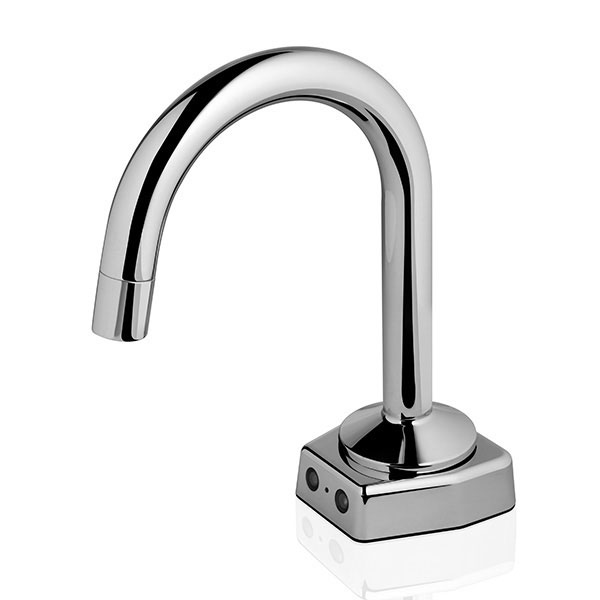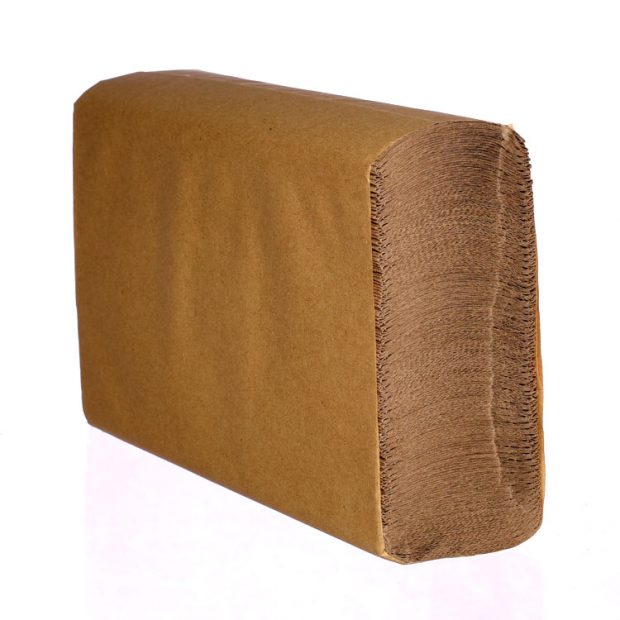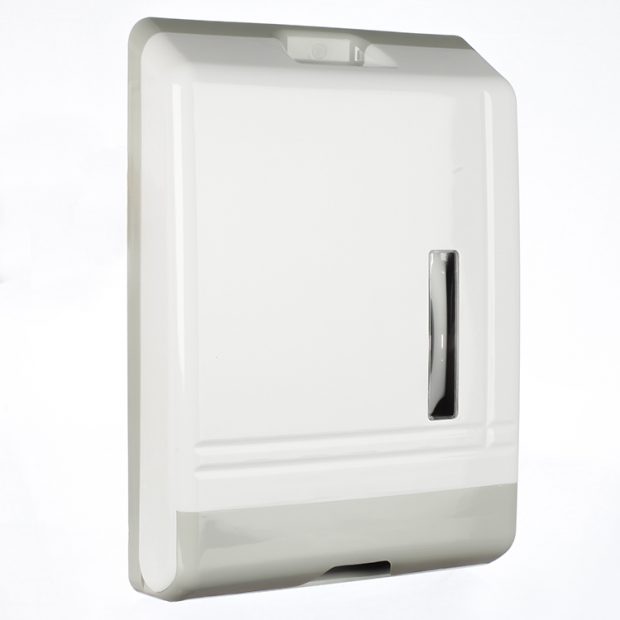It’s alarming to think that 1 in 4 office workers don’t wash their hands after visiting the bathroom.
And unsurprising then, that every 60 seconds a working adult touches as many as 30 office objects that may be contaminated by bacteria or virus-causing infectious disease.
With absenteeism costing the Australian economy an estimated $44 billion annually, there’s a lot to be gained from investing in better workplace hygiene practices to reduce the rate of ‘sickies’ that contribute to this profound financial loss.
Here are 5 of our favourite tips for improving office hygiene…
1. Install Hands-Free Hydration Stations
If 63% of men frequently or occasionally see colleagues not washing their hands, and 49% of women report the same, what happens when a colleague takes a drink from the office bubbler after visiting the bathroom?
You guessed it – any potentially harmful bacteria from unwashed hands is transferred to the bubbler button for the next unsuspecting user.
To eliminate the need for grubby bubbler touching and remove the temptation for users to spit in the bowl (this actually happens) consider installing touchless hydration stations.
Australian family-owned company CIVIQ specialise in the design, assembly, installation and maintenance of auto-sensor bottle refilling stations for the workplace. Their hands-free design delivers fresh drinking water through an anti-microbial bottle refill nozzle with a 20 second shut off time to reduce wastage.
Staff need to BYO reusable bottles, but with a “Green Ticker” that counts the number of plastic bottles saved from landfill, employees are constantly reminded of the need to invest in hygienic reusable alternatives to reduce their dependency on plastic.
2. Install Touchless Bathroom Taps
According to the 2019 Healthy Hand Washing Survey, 56% of all respondents frequently or occasionally see colleagues leave the bathroom without washing their hands. Gross, right?! But when you consider bathroom sink handles contain more than 600 times more microorganisms per square inch than a toilet handle, could it be that they’re actually trying to avoid germs?!
Touch-free technology is the answer for these ironically germy germaphobes, allowing users to wash their hands without touching a filthy faucet; in turn reducing the spread of harmful bacteria in the workplace.
Meet AutoFlo, Australia’s first company to produce electronic tapware, made and manufactured in Brunswick, Melbourne since 1985. AutoFlo’s hygienic, water-saving solutions utilise electronic water control allowing staff to wash their hands faucet-free, helping prevent bathroom germs like staphylococcus, streptococcus and E. coli from spreading to other areas of the workplace.
3. Avoid Regular Bathroom Towels for Drying Hands
Think twice before using conventional cotton towels in the office bathroom – research reveals nearly 90% of bathroom towels are contaminated with coliform bacteria and 14% carry E. Coli.
Wet towels offer an ideal environment for bacteria to grow because they’re damp, warm and absorbent. While it’s unlikely staff will be showering with office towels, they’re still at risk of infection from damp hand towels, as cuts and dry skin on hands allow germs to enter their system; germs spread by other staff with abrasions who’ve failed to wash their hands properly before drying.
Instead of using moisture-retaining, bacteria-breeding cloth towels, opt for single-use paper hand towels or energy efficient air dryers to ensure the highest standards of office hygiene.
NSW business Green Pack offer a selection of 100% recycled paper hand towels for hygienic single-use hand drying with minimal environmental impact.
4. Wash Lunch Room Tea Towels Frequently
Everybody knows E. coli and food don’t play well together, yet half of the tea towels in one study used repeatedly over a month were found to be contaminated with the bacteria. Staphylococcus or coliform bacteria were also detected on more than one-third of the tea towels from the same study.
To limit the opportunity for bacteria to reach potentially dangerous levels on tea towels, Microbiology Professor Enzo Palombo from Swinburne University recommends Australians wash their tea towels daily.
Kelly Reynolds from the University of Arizona is slightly more relaxed, recommending tea towels be washed in an antibacterial wash at least weekly.
So if you’ve seen the same lunch room tea towel two weeks in a row, we recommend having a chat with the Office Manager, or continue flirting with food poisoning every time you touch a lunch room tea towel.
5. Book a Quarterly Technical Cleaning Service
Having a conventional office cleaner attend your workplace every day is great for vacuuming carpets and emptying bins, but are they qualified to perform a deep technical clean of your ICT equipment, like keyboards, mice, head sets and telephones?
These everyday apparatus are breeding grounds for potentially harmful bacteria like E.coli, coliform bacteria (associated with faecal matter), staphylococcus aureus, enterobacteria, MSSA, Hepatitis and Influenza. Your keyboard could be harbouring five times more germs than on the toilet seat, like the one found in this 2008 study.
Not only are more than two thirds of office workers are at risk of sickness due to dirty desks, but ICT equipment is also at risk of early retirement if not regularly maintained to remove crumbs, dirt and other contaminants that build up over time, causing keys to stop working because the electronics can no longer read the keystroke (and in extreme cases, complete equipment failure!)
Request a Free Info Pack today and discover the benefits of having a bi-annual technical clean of your ICT equipment.
